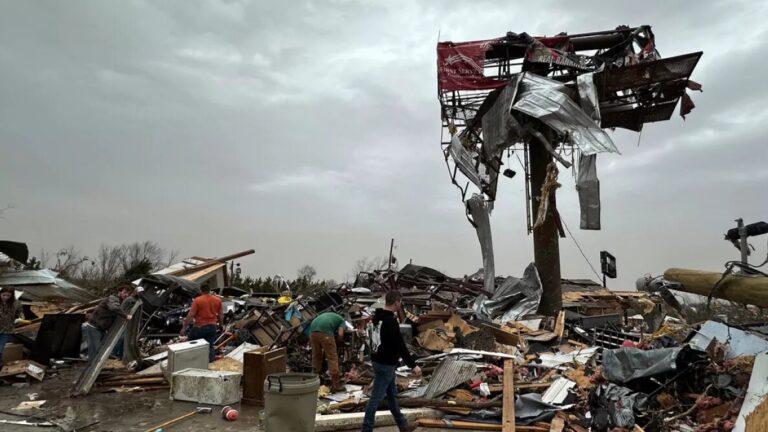Trump Expresses Frustration Over Low Deportation Rates: Calls for Stronger Immigration Enforcement
In a recent development surrounding immigration policies, sources have revealed that President Trump is increasingly frustrated with the pace of deportations. This situation has sparked concerns among key officials, including ICE and White House staff, as they navigate the complexities of immigration enforcement. The ongoing discourse highlights the administration’s commitment to its immigration agenda, which has become a central focus of the current administration.
According to three sources familiar with the discussions at ICE and the White House, the president is getting “angry” that more people are not being deported. The message regarding this sentiment is being communicated to several high-ranking officials, including:
- Tom Homan – Border czar
- Kristi Noem – Homeland Security Secretary
- Stephen Miller – White House Deputy Chief of Staff
- Caleb Vitello – Acting ICE Director
As reported by NBC News, “It’s driving him nuts they’re not deporting more people,” said a source privy to Trump’s thoughts. This frustration is rooted in the administration’s ambitious immigration objectives, particularly Trump’s Inauguration Day promise of “millions and millions” of deportations.
To meet this promise, the Trump administration would need to deport over 2,700 immigrants daily to achieve a total of 1 million deportations within a single year. However, as highlighted by NBC News, the reality of immigration enforcement is more complex than mere numbers. Arrests do not always lead to immediate detentions or deportations.
For instance, during the initial two weeks of the Trump administration, more than 8,000 immigrants were arrested. Yet, data from the White House indicates that 461 individuals were released during this period. This disconnect between arrests and deportations has raised questions about the effectiveness of the current immigration enforcement strategies.
As the administration grapples with these challenges, it is essential to consider the broader implications of such policies on communities across the nation. The emotional toll on families affected by deportations, along with the logistical hurdles faced by enforcement agencies, adds layers of complexity to an already contentious issue.
The administration’s focus on rapid deportations highlights a significant shift in immigration policy, emphasizing enforcement over pathways to citizenship or legal residency. This approach has garnered both support and opposition from various sectors of society, reflecting the polarized nature of immigration debates in the United States.
In summary, the increasing frustration of President Trump regarding deportations underscores a critical moment in the administration’s immigration policy. As officials work to align their actions with the president’s expectations, the implications for immigrants and communities across the country remain significant.
Stakeholders are keenly observing how these developments will unfold, with many advocating for a balanced approach that considers both enforcement and the humanitarian aspects of immigration. The ongoing conversations within ICE and the White House will undoubtedly shape the future of immigration policy in the United States.
As this narrative continues to evolve, it is vital for the public to remain informed about the changes and challenges within immigration enforcement. Understanding the intricacies of these policies will be crucial for engaging in meaningful discussions about the future of immigration in America.






